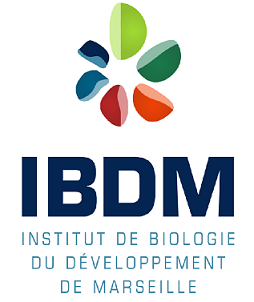MYC and MET cooperatively drive hepatocellular carcinoma with distinct molecular traits and vulnerabilities
Résumé
Abstract Enhanced activation of the transcription factor MYC and of the receptor tyrosine kinase MET are among events frequently occurring in hepatocellular carcinoma (HCC). Both genes individually act as drivers of liver cancer initiation and progression. However, their concomitant alteration in HCC has not been explored, nor functionally documented. Here, we analysed databases of five independent human HCC cohorts and found a subset of patients with high levels of MYC and MET ( MYC high /MET high ) characterised by poor prognosis. This clinical observation drove us to explore functionality of MYC and MET co-occurrence in vivo, combining hydrodynamic tail vein injection for MYC expression in the R26 stopMet genetic setting, in which wild-type MET levels is enhanced following genetic deletion of a stop cassette. Results showed that increased MYC and MET expression in hepatocytes is sufficient to induce liver tumorigenesis even in the absence of pre-existing injuries associated with a chronic disease state. Intriguingly, ectopic MYC in MET tumours increases expression of the Mki67 proliferation marker, and switches them into loss of Afp, Spp1, Gpc3, Epcam accompanied by increased in Hgma1 transcript levels. We additionally found a switch in the expression of specific immune checkpoints, with an increase in the Ctla-4 and Lag3 lymphocyte co-inhibitory responses, and a decrease in the Icosl co-stimulatory responses of tumour cells. We provide in vitro evidence on the vulnerability of some human HCC cell lines to combined MYC and MET targeting, which are otherwise resistant to single inhibition. Mechanistically, combined blockage of MYC and MET converts a partial cytostatic effect, triggered by individual blockage of MYC or MET, into a cytotoxic effect. Together, these findings highlight a subgroup of HCC characterised by MYC high /MET high , and document functional cooperativity between MYC and MET in liver tumorigenesis. Thus, the MYC-R26 Met model is a relevant setting for HCC biology, patient classification and treatment.
Domaines
Sciences du Vivant [q-bio]
Origine : Fichiers éditeurs autorisés sur une archive ouverte
